

100+ Cities
Top 100+ Cities with the Fastest
Growing Population
1500+ Brands
More 1500+ Brands Are Sharing
Consumer Choice Details
20,000+ Products
Expanding the Diversity of
20000+ Products in Our Catalog
1,00,000+ Customers
The Power of Trust by 1,00,000+
Customers and Counting

About G Fresh Mart Supermarket Franchise
We believe in the ‘Indian ideal’ of self-sufficiency, and our business practices are aligned with our larger goal of being a vital player in India’s consumption-led growth story. GFresh Supermarket helps you achieve this aim by allowing you to avoid the chore of grocery shopping and instead enjoy a simple, enjoyable way of browsing and purchasing groceries...
We’ve always been industry pioneers, combining a world-class brand made in India with our broad expertise of specialists from around the world – whether it was pushing ‘Retail Stores’ when it was unheard of in India or expanding through ‘Franchisee model’ networks...
ADVANTAGE
G-Fresh Mart has created a franchising structure proven to be a profitable business strategy for all parties involved. G-Fresh Retail is a supermarket franchise where you will become completely absorbed in your shopping. We ensure that we will meet all of your fault-related requirements in the most convenient way possible. In any grocery store franchise, you are not compelled to form a queue; instead, we are here to respect your time and your needs.
A supermarket franchise is a great business opportunity for those looking to enter the retail industry. By partnering with an established brand, you’ll have access to proven business models, established systems, and ongoing support. Additionally, supermart franchises typically have a strong customer base and a recognizable brand, which can help attract and retain customers. G-Fresh provides you with a large selection of products at the most competitive pricing. As a result of consolidating all of your shopping needs into a one spot, we hope to save you time while also keeping your costs down.
G-Fresh Mart is a distinguished and rapidly growing retail company that specializes in offering a comprehensive and hassle-free solution for individuals aspiring to own and operate successful supermarket franchises. Here are some key aspects of G-Fresh Mart:
G-Fresh Mart has been a prominent player in the retail industry for over two years, demonstrating a strong and sustained presence in the market.
The franchise model offered by G-Fresh Mart is proven to be successful, providing a structured and effective approach for entrepreneurs, business owners, and investors to establish and run their own supermarket businesses.
G-Fresh Mart offers end-to-end support, covering various aspects of setting up and running a store. This includes assistance with interior design, staff training, and other critical components of the retail business, ensuring a smooth and hassle-free experience for franchisees.
G-Fresh Mart boasts a robust strategy that guarantees the opening of a fully operational store within an impressive timeframe of 45 days. This commitment reflects the company’s dedication to providing a quick and efficient setup for its franchisees.
The company has collaborated with distinguished industry leaders, including names like Hindustan Unilever, ITC, P&G, Nestle, and Dabur. These collaborations underscore the effectiveness of G-Fresh Mart’s approach in creating the supply chain of their Franchisee
Prospective entrepreneurs and investors can access a free consultation with G-Fresh Mart’s seasoned experts. This consultation serves as an opportunity to gather insights, discuss business possibilities, and take the initial steps toward realizing supermarket success.
Welcome to our G-Fresh Mart, where you’ll find all the information and support you need to starting a successful supermarket. Our goal is to provide you the best services and resources you need to open your profitable grocery franchise.
We offer a variety of supermart franchise opportunities to suit different needs and budgets. From small, local stores to large, multi-store operations, we have something for everyone. Our franchises offer a wide range of products, including fresh produce, groceries, and household essentials. Our franchisors have a wealth of experience in the industry, and they provide ongoing support to help you run your grocery store franchise business successfully.
Investing in a supermart franchise is a great opportunity to own your own business and be your own boss. We are here to help you every step of the way and make sure you have the support and resources you need to succeed. Contact us today to learn more about our supermarket franchise opportunities and take the first step towards your entrepreneurial dream.
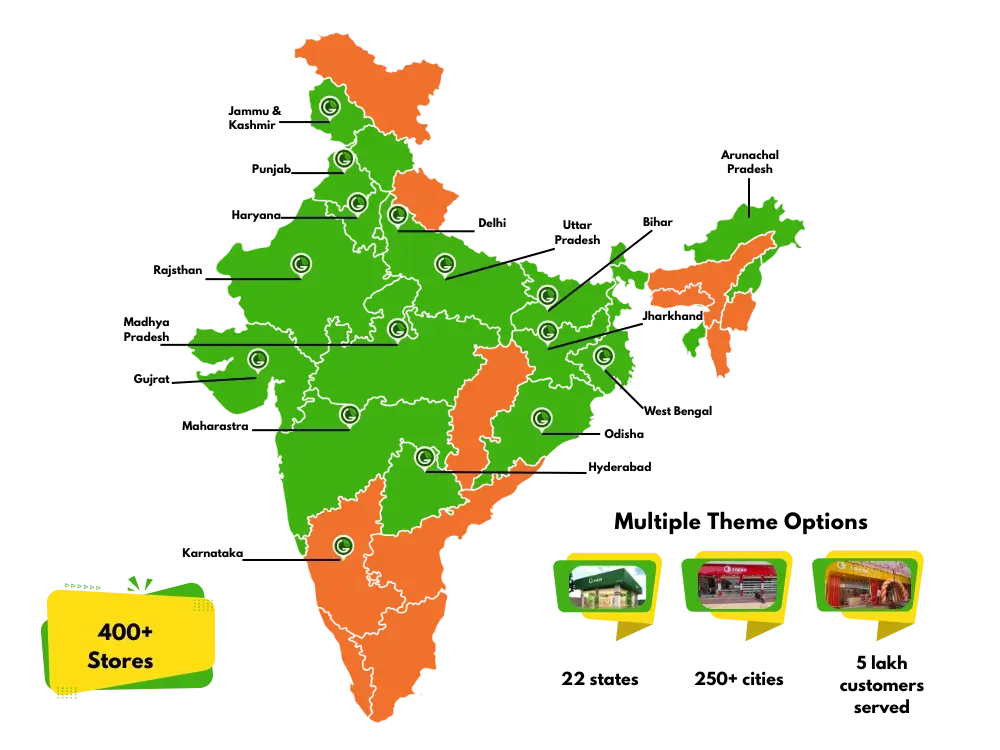
By following the necessary steps, you can become a G-Fresh franchisee. It is easier, but you must maintain a professional demeanor.
Before we offer you a franchise, we must first survey your location to find out population, purchasing capacity and purchasing behaviour.
A lot of things in the franchise company need to be double-checked.
Depending on where our franchise company is located, we have different codes. So, before you begin your franchise, we’ll double-check that your area code is operational.
GST, Food License, Rent Agreement, Partnership Deed, Local Registration, Franchise Agreement etc.,
In only a few steps, you’ll be done. Thank you for joining the G-Fresh family. You can create your grocery store as a G-Fresh Mart franchise business in your neighborhood.
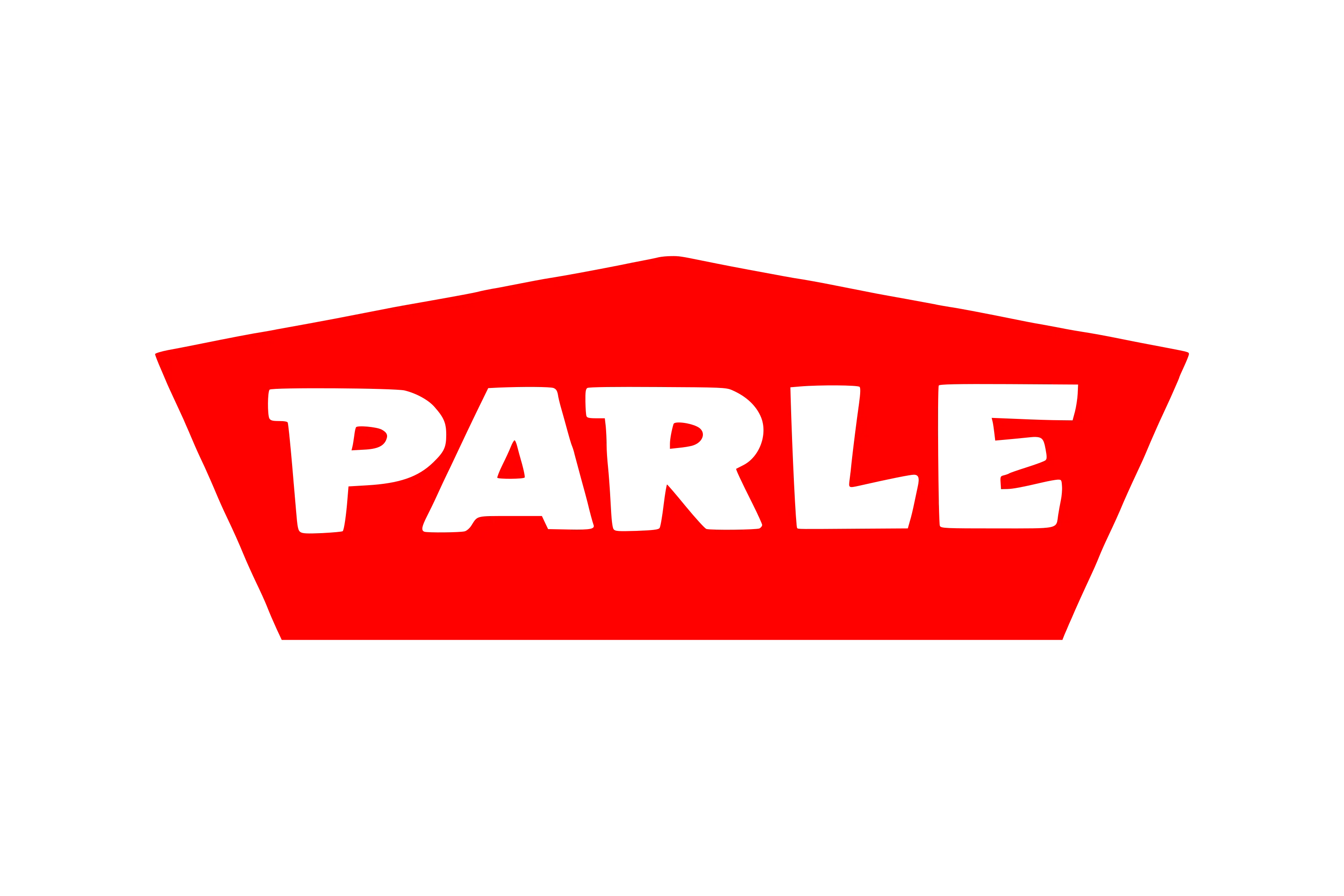
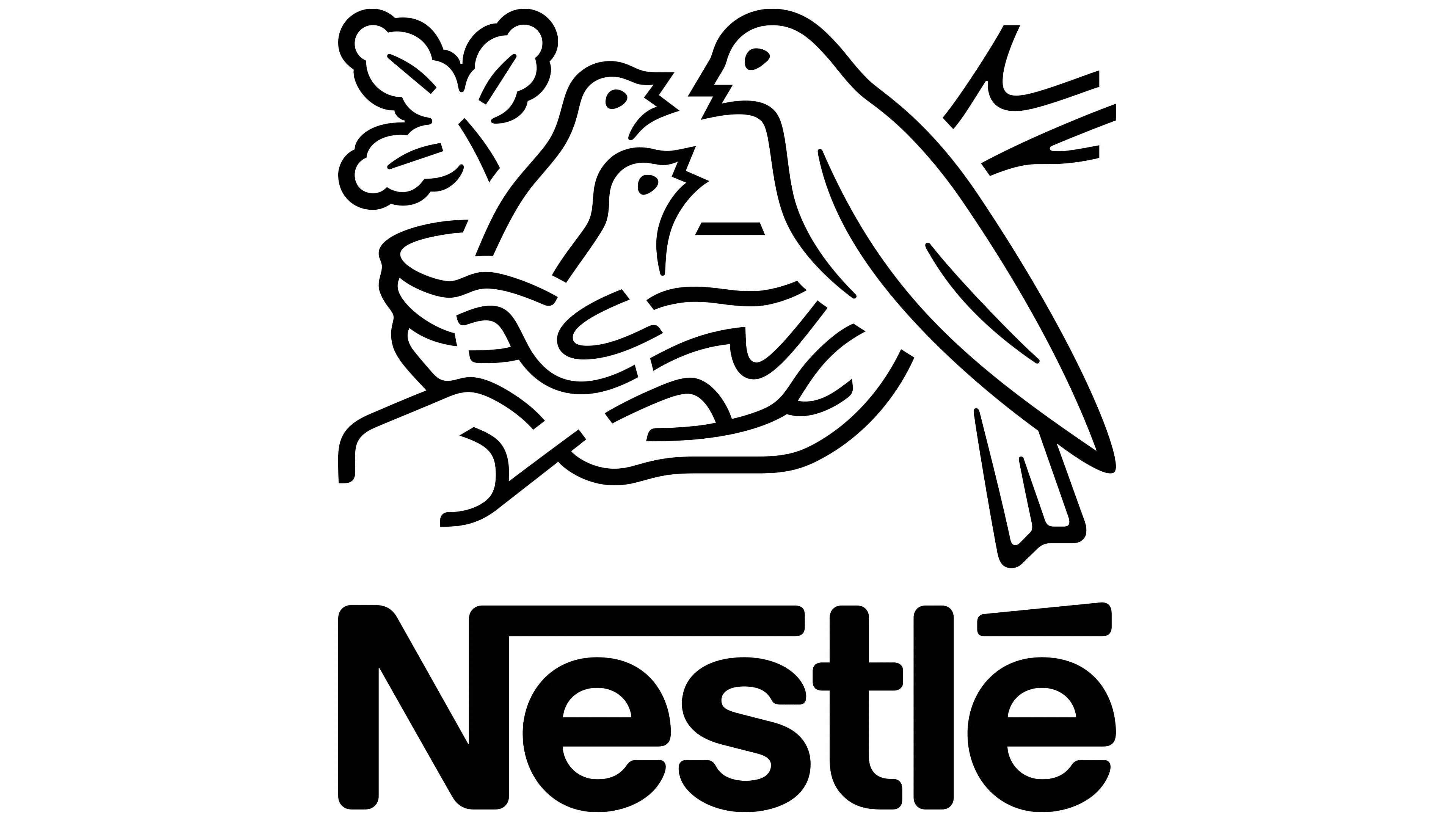


Our Stores
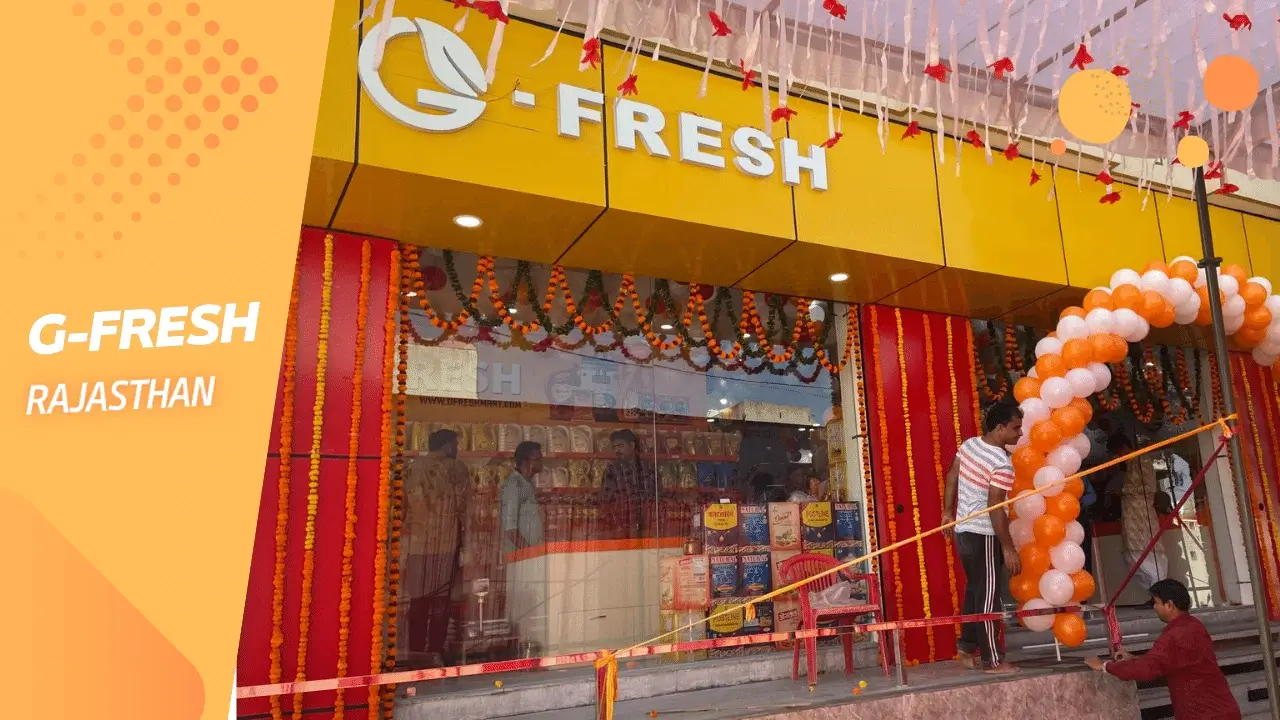
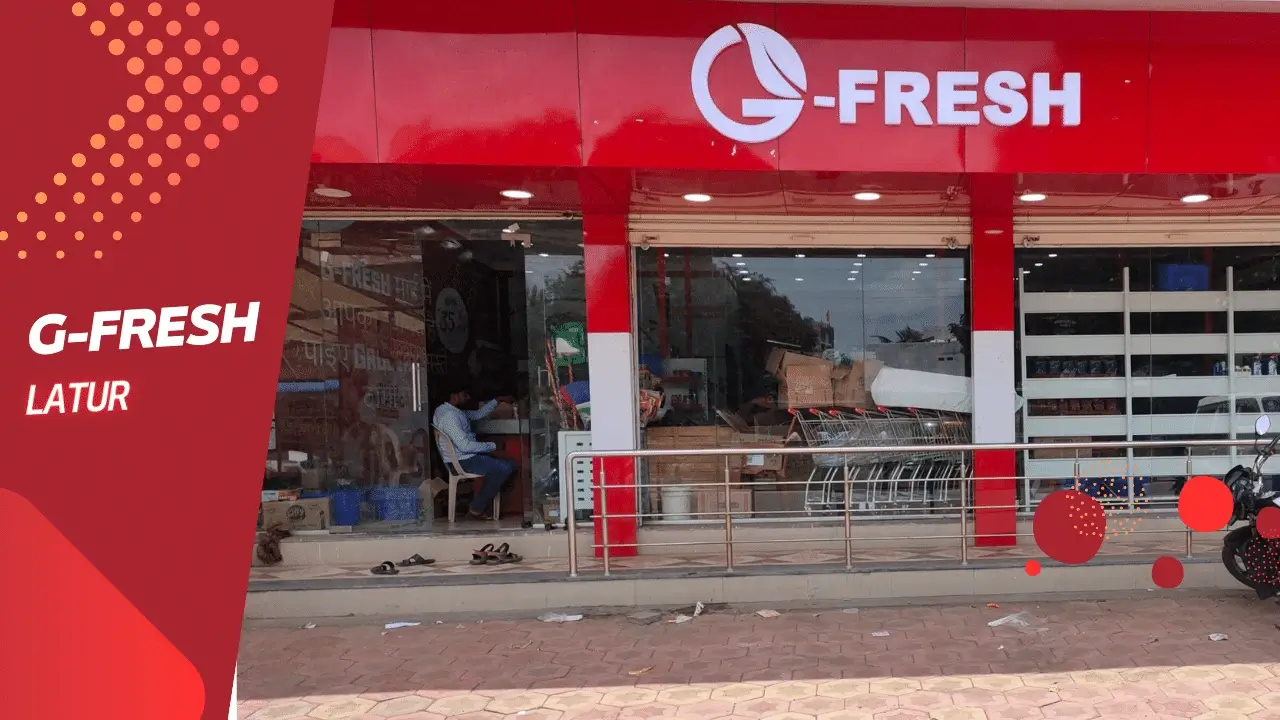
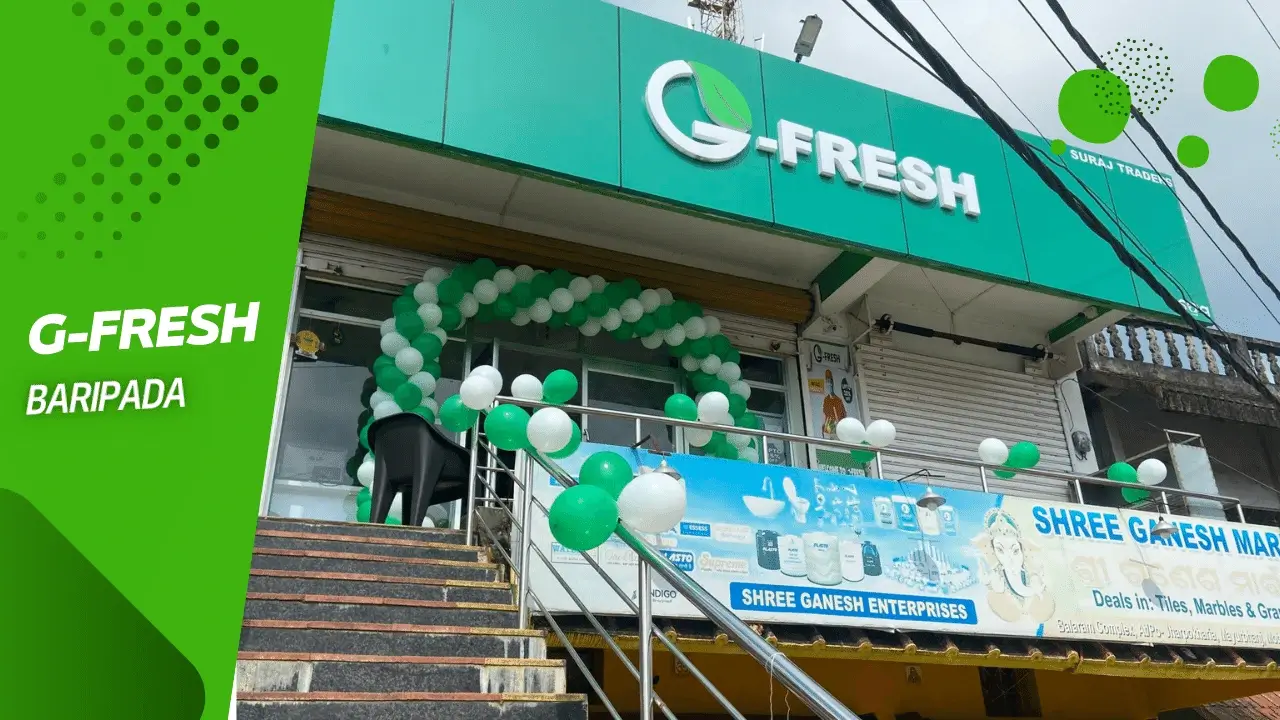
Our Blog
FAQs
Follow the steps given below to start your supermarket grocery franchise in India.
Here is a list of licenses you will need to open a supermarket in India.
Yes, Supermarket franchise comes with pre-established brand brand recognition, proven business models, and ongoing support from the franchisor.
This makes them a safer investment than opening a complete new store. Supermarket franchises can be profitable with a strong and well-established management.
Though the answer for the minimal requirement may differ from company to company, there are some factors that remain almost the same everywhere.
Yes, Supermarkets in India are profitable. However, this depends on location, management, and how
big the supermarket is!
Well-managed stores can earn attractive returns due to high sales volume and product diversity.
Here are a few facts you should know!
Follow the steps given below to open your mini supermarket franchise: